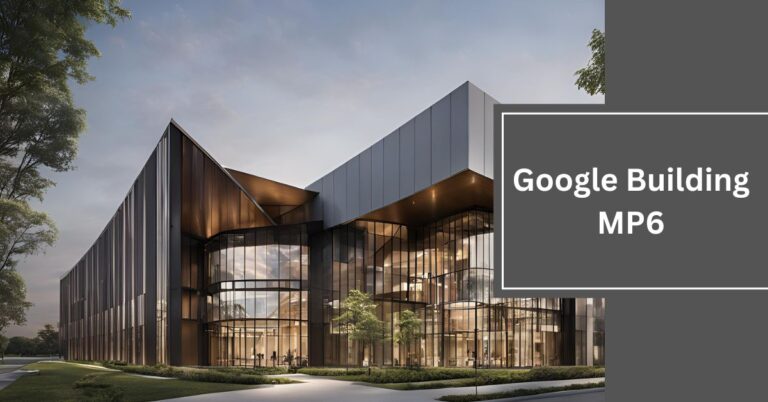Windows That Frame Our World and Inspire Architectural Brilliance
Windows are essential elements that frame views, invite light, and enhance architectural beauty. This blog post delves into their historical evolution, roles in various styles, and environmental impact, highlighting their importance for architecture enthusiasts and interior designers.
The Art of Framing
Enhancing Aesthetics
Window frames are more than structural elements; they are essential to enhancing the overall aesthetic of a building. The choice of material and design can significantly influence how a window complements the surrounding architecture. For instance, wooden frames evoke warmth and tradition, while metal frames impart a sleek and modern feel.
Architects often use window frames to create visual cohesion within a design. By choosing consistent styles and materials, they ensure that windows harmonize with other elements, such as doors and siding. This attention to detail leads to a polished appearance that elevates the entire structure.
Visual Balance
In addition to aesthetics, window frames contribute to the visual balance of a façade. The careful placement of windows can draw the eye upward or guide movement through a space. For example, asymmetrical arrangements can create dynamic interest, while symmetrically placed windows impart stability.
Dynamic window arrangements can also highlight specific architectural features, such as gables or balconies. By framing these elements, windows become integral to the overall design narrative, guiding observers’ perceptions and enhancing the building’s character.
Material Choices
The choice of materials for window frames can also enhance durability and maintenance. Vinyl, aluminum, and fiberglass offer low-maintenance alternatives to traditional wood while providing excellent insulation. These modern materials enable architects to design windows that are not only beautiful but also built to withstand time and the elements.
Many homeowners are now opting for energy-efficient windows that feature thermal breaks and low-E coatings. This combination of aesthetics and functionality showcases the evolution of window design, where beauty does not compromise performance.
Natural Light and Energy Efficiency
Importance of Natural Light
Natural light is one of the most significant benefits of well-designed windows. It has a profound impact on the mood and productivity of occupants, creating a sense of openness and connection to the outside world. Studies have shown that exposure to natural light can improve mental well-being, increase focus, and enhance creativity.
Incorporating windows strategically throughout a space can maximize daylight penetration. Skylights and clerestory windows, for example, allow light to reach deeper into interiors, reducing the need for artificial lighting during the day. This thoughtful design not only enriches the ambiance but also promotes a healthier and more inviting environment.
Energy Efficiency Considerations
In recent years, energy efficiency has become a primary consideration in window design. Poorly insulated windows can lead to significant heat loss, driving up energy costs and impacting comfort. To address this, architects are increasingly selecting high-performance glazing that minimizes heat transfer while maximizing natural light.
Double or triple-glazed windows equipped with low-emissivity (low-E) coatings reflect heat back into the room while allowing visible light to pass through. These advancements help maintain comfortable indoor temperatures, reducing reliance on heating and cooling systems. In turn, this contributes to lower energy bills and a reduced carbon footprint.
Sustainable Practices
The focus on sustainability is shaping the future of window design. Architects and builders are looking for ways to source materials responsibly and reduce waste throughout the construction process. Using recyclable materials for window frames and promoting energy-efficient options are crucial steps toward creating environmentally-friendly buildings.
Additionally, integrating smart window technologies allows for automated shading and ventilation. These systems can adapt to changing weather conditions, optimizing energy use while enhancing comfort. By prioritizing sustainability, windows are becoming integral components of eco-friendly architecture.
Future Trends in Window Design
Smart Windows
The future of window design is undoubtedly intertwined with technology. Smart windows equipped with responsive systems can adapt to environmental changes, optimizing natural light and energy efficiency. These innovative solutions are becoming increasingly popular in residential and commercial designs.
Smart glazing technologies, such as electrochromic and thermochromic glass, have the ability to change opacity based on sunlight. This not only reduces glare but also enhances privacy without blocking views. Custom windows in Farmington can benefit greatly from these advancements. As these technologies continue to advance, we can expect to see even more integration of smart features in window design.
Biophilic Design
Biophilic design, which emphasizes the connection between humans and nature, is also influencing future window trends. Architects are incorporating larger windows and innovative shapes to create spaces that foster a sense of well-being and encourage interaction with the outdoors.
This trend involves designing windows that offer uninterrupted views of nature, bringing the outside in. Additionally, incorporating greenery near windows promotes a calming atmosphere while improving indoor air quality. By merging architecture with nature, biophilic design creates harmonious environments that enhance our overall experience.
Sustainable Innovations
Sustainability will remain a driving force in window design. Architects and builders will prioritize sustainable materials and manufacturing processes to minimize environmental impacts. Advances in recycling technologies will allow for the reuse of glass and frames, reducing waste and resource consumption.
Furthermore, as energy efficiency regulations become more stringent, window designs will need to comply with higher standards. This will encourage innovation in materials and construction methods, ensuring that windows continue to play a vital role in creating sustainable buildings.
Conclusion
The architectural beauty of windows extends beyond their functional purpose; they are integral to the aesthetics and performance of our built environment. From their historical evolution to their role in modern design, windows frame our world, inviting light and enhancing our experiences.






